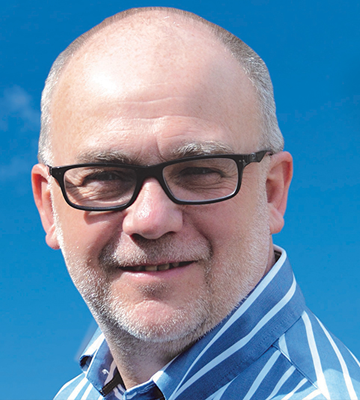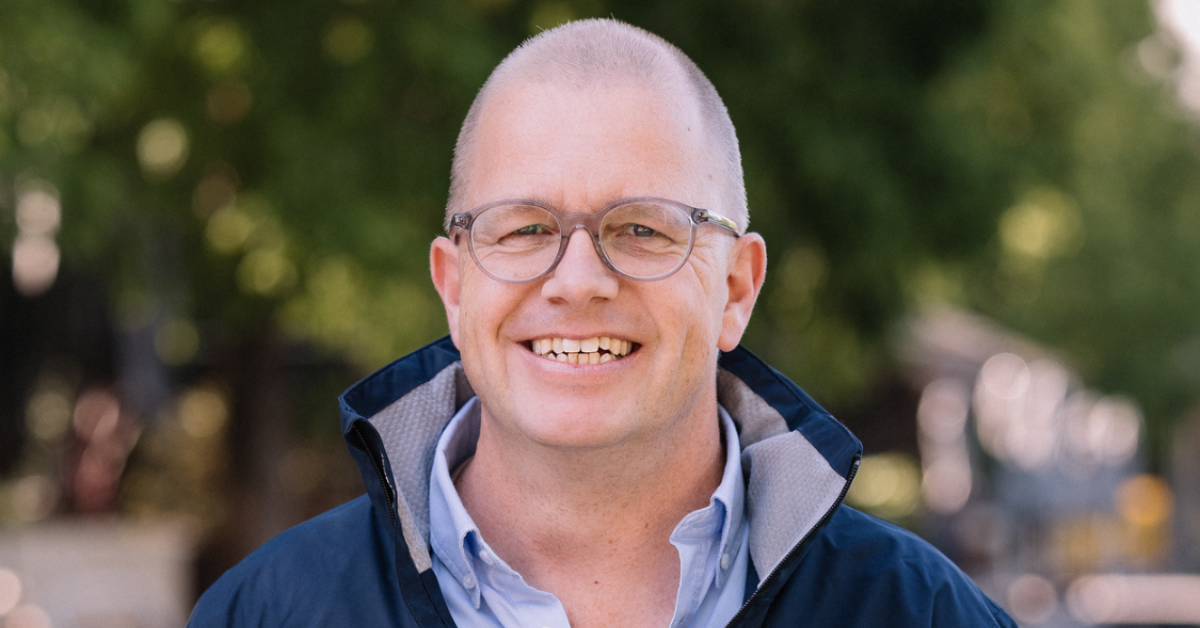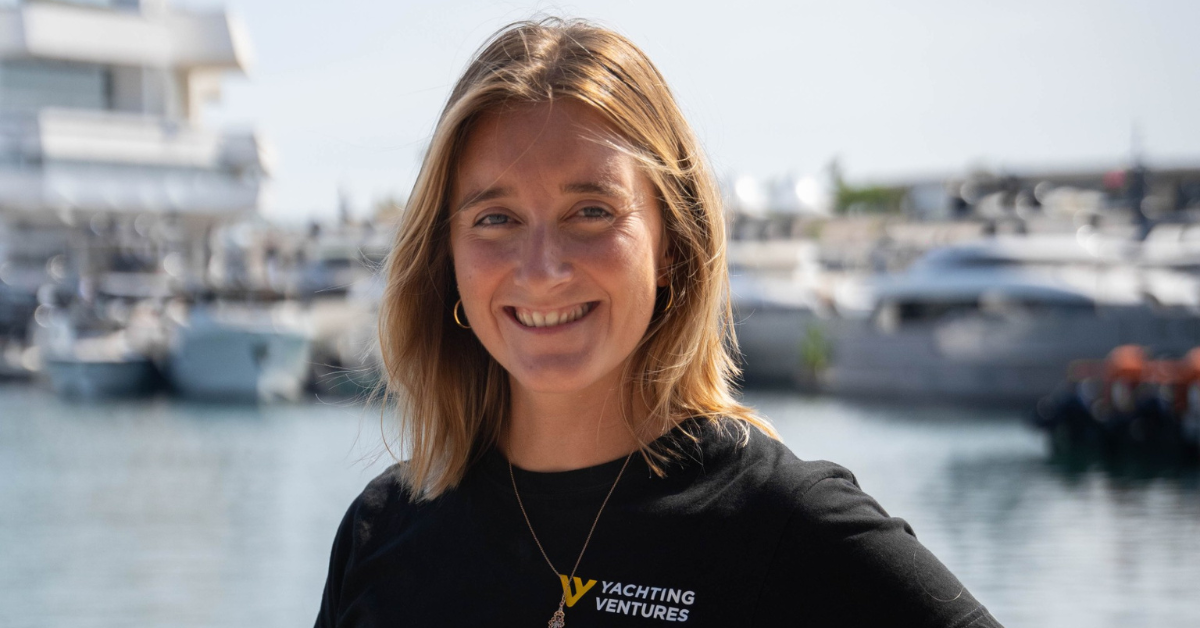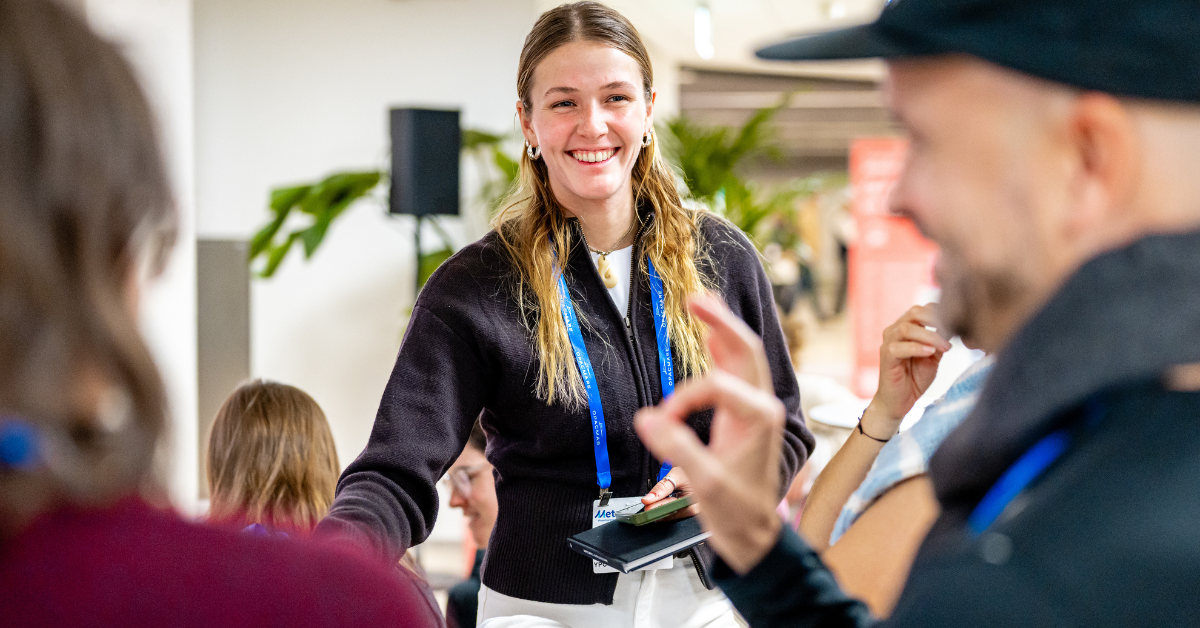
Burgess Yachts’ Shipyard Expert & Sales Broker highlights emerging technology trends influencing the superyacht industry today and reflects on her 19-year career within the sector.
What attracted you to working in the marine industry?
It was perhaps destiny that I would be drawn to the sea as my grandfather was in the Italian Navy and my father was born in Venice. However, I didn’t expect to develop my career in yachting when I achieved a double master’s degree in international affairs and geostrategy.
Things changed when I fell in love with a French boy, moved to his home country and needed a job. A Dutch friend showed me an advertisement for a yacht brokerage firm in Monaco that was seeking an office general manager. That was almost 19 years ago now. I worked there for six years and became very passionate about the sector.
It was an all-hands-on-deck kind of business where I gained a lot of knowledge of the charter market, yacht operations, project management and covered the role of owner’s representative for two interesting new builds. Some of those years I travelled to Miami for around a week every month and learned a lot about the Floridian market.
That experience led me to US manufacturer, Sea Vision Underwater Lights where I was involved in the supply of 238 projects for yachts over 30m during the three years. The role provided me with great insight into the technical aspects of superyachts and how people within the sector are connected.
From there I worked with Fraser Yachts as charter manager for a few months before joining Burgess in 2015, where I was initially charter manager for 43m-95m boats. Despite the complex and fascinating nature of the department, I felt that my commercial side would be more beneficial in the brokerage team.
The company knew my technical background and so I was offered a hybrid role. It involved working as a sales broker and combining that with developing and managing relationships between our customers and their chosen builders, using my knowledge of shipyards and new superyacht projects. I have been in this role for almost seven years now, based in the Monaco office.
Tell us about your business?
Burgess offers a full 360-degree service for superyachts across charter, brokerage, yacht building, operational management, and insurance. It not only deals with the transactional elements but has strong capabilities in terms of technical services and project management. We have a strong track record in new construction and project management from 24m upwards. These abilities enable us to offer everything that an owner requires.
The company’s 270-plus employees provide global coverage and local expertise from 16 offices. Knowledge built since 1975 enables us to offer consistently excellent advice and service which creates the opportunity for developing long-term customer relationships. Some superyachts have been managed by us for more than 30 years now.
Burgess continues to grow but we are also focused on ensuring we have the right ratio of staff to be secure in the right care for yachts under our management.
What interesting trends are you seeing in the industry?
Firstly, I’d like to offer a ‘pat on the back’ for those producing the superyacht designs that came out during COVID. You can see these new concepts have really taken us into a new era and completely changed the way the boat is lived in by our clients. Close contact with the sea is now a dominant trend with features such as large beach clubs offering sun lounging right alongside the water. Any superyacht without this type of facility is now looked upon as being vintage or classic.
The second is the return within interior design to the use of organic materials that are pure and with a good balance of texture. These are typically used in a blend of mild, neutral colours that relate to the sea, sky and sand. Current interior designs are clean and delicate – they give you the feeling of being surrounded by a cosy environment. There is a move away from owners wanting to have an experience like stepping into a luxury hotel and more towards the ambience of their houses.
Third, we continue to see the growth in development and build of chase boats that support superyachts. These will often be large enough to carry jet skis, water toys and diving equipment. Speed and practicality are two requirements. Chase boats are often also expected to be glamorous, giving owners a nice entry into port while their superyacht is in the bay.
Which emerging technologies will be influencing the Superyacht sector of tomorrow?
The evolution of marine software and interaction between marine electronics will be influential. This is already reflected in the shrinking sizes of wheelhouses on new superyachts. Our clients and their captains are using new technologies to combine functions on multiple interactive screens that use less space. Wheelhouses are looking more like spaceships now. They do the same work of course as the traditional bridges of the past, but technology is driving this massive evolution towards an area that might now look like a work of art.
Another area of developing technology under much discussion is what are the best alternatives to traditional teak decking, now that imports have stopped. A lot of companies that you see at METSTRADE are proposing various regenerative and engineered wood solutions and these innovative materials do not stop evolving.
Then there is a consistent discussion in the sector about optimising fuel consumption and ensuring that engines create less exhaust and pollution. We are seeing more hybrid vessels being built and these are using different energy sources such as larger battery banks, hydrogen, and methanol.
Internal combustion engine efficiency has significantly improved in the past 20 years. Some shipyards are working to adopt biofuels (HVOs) and ensure there are enough bio fuelling stations to provide coverage across the Mediterranean. These fuels will pollute much less without negatively impacting existing engines. I am sure there will be a lot of discussions at METSTRADE this year around all these areas.
What is the importance of METSTRADE and The Superyacht Forum to your business?
They offer us the best of both worlds. METSTRADE attracts industry professionals that work in parts supply, construction, operational areas and project management, as well as owners’ representatives and captains. It’s a large audience. The Superyacht Forum additionally attracts more commercially focused delegates such as shipyard sales people, and those working in areas like registry and class.
Taken together, METSTRADE and The Superyacht Forum create the perfect venue where you can find a lot of key actors. These events offer the opportunity to meet more people in three days than just trying to catch up with someone at a typical yacht show.
It’s also very good to walk around METSTRADE to meet producers and suppliers and to look at their latest developments. We must ensure our clients know that we are up to date on the newest market trends. Gaining good knowledge of the industry in real time is a real advantage.
Which METSTRADE areas and activities do you most look forward to?
Networking is the most important thing. It provides an opportunity for a proper catch up, as November is a time of year when shipyard people are quieter between events. Often you hear from suppliers, captains and others about interesting things that are coming up.
It would be unlikely for me to sell a boat during The Superyacht Forum or METSTRADE. However, I can start building the basis to work with other people in the industry to deliver a project or follow up with a shipyard and this is a process that can take up several months if not even years.



